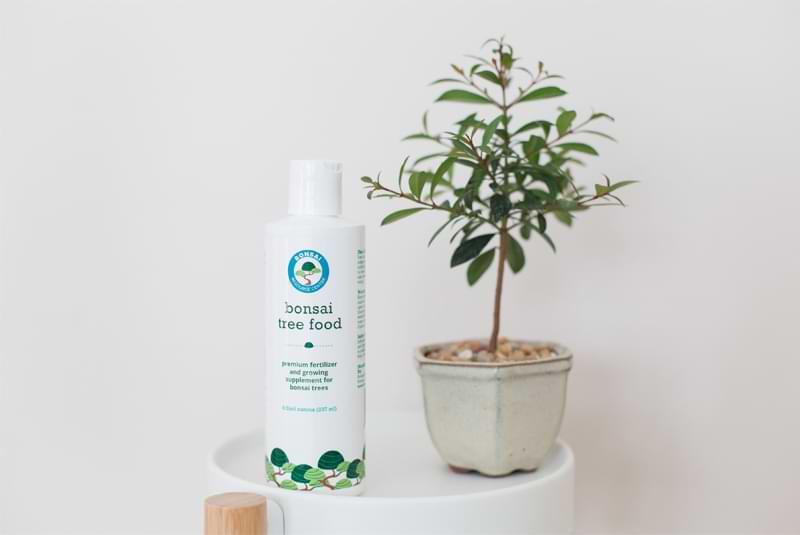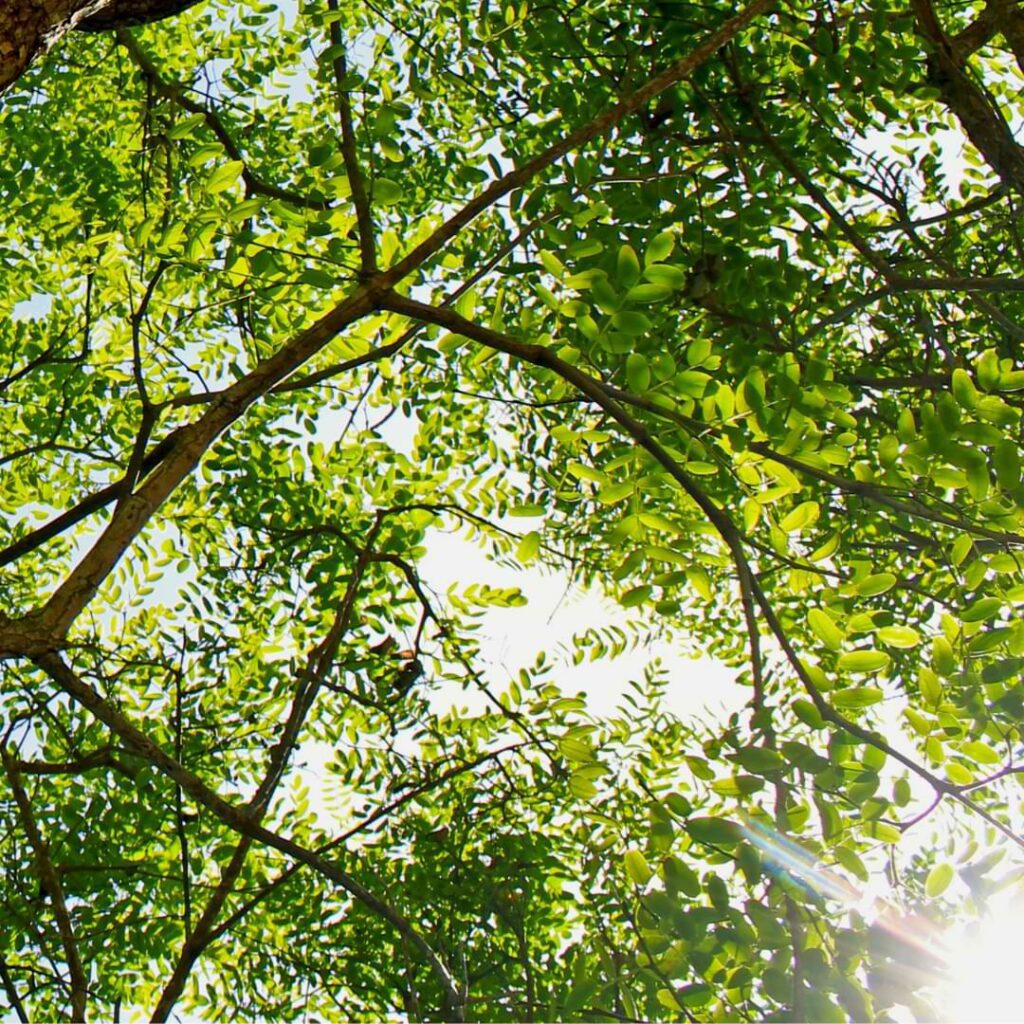Welcome to the world of Brazilian Rosewood Bonsai, a masterpiece of nature that has captured the hearts of many bonsai enthusiasts around the globe. This stunning tree, also known as Pithecellobium tortum, boasts an intricate network of branches and leaves that form a beautiful canopy.
With its unique character and graceful presence, it’s no wonder why so many people have fallen in love with this captivating species. So let’s dig in and learn more about the beautiful Brazilian Rosewood Bonsai – from its history and cultural significance to tips on how to care for these magnificent trees at home. Get ready to be inspired by one of nature’s most beautiful creations!
Growing Brazilian Rosewood Bonsai
To grow a Brazilian rosewood bonsai, it’s easiest to buy a young tree, but many people choose to grow their tree from a seed. It’s definitely possible to grow a Brazilian Rosewood from seed, but it could prove rather difficult, and your success rate will depend on quite a few different factors.
Growing From Seed
To grow your Brazilian Rosewood from seed, follow the steps outlined here.
- Prepare your pot by filling it with a nutrient-rich bonsai tree soil, and thoroughly soak the soil, letting any excess water drain from the pot. Set this off to the side, you won’t need it until step 3.
- Grab a small glass or bowl and use it to soak your seed in water for 24 hours. This step is crucial, because it allows the seed to soak up as much water as possible without beginning to rot, and it also softens the shell around the seed, giving the plant an easier time to emerge and begin growing.
- After soaking, plant the seeds in your previously prepared pot. Water the soil mix thoroughly and then place the pot in a warm location with indirect sunlight. Keep the soil moist but not wet, and within a few weeks you should see sprouts emerging from the soil.
- Although it’s tempting, do not fertilize the soil for the first couple of months. Your seedling is rather fragile for the first stage of its life, and you don’t want to risk your plant getting too many nutrients and burning it.
- Once your seedlings are 6-8 inches tall, you can begin pruning them to shape your bonsai tree. This is an important step in the bonsai growing process, so take your time and be patient.
Stages
The Brazilian rosewood tree can grow to a height of 100 feet tall or more when grown in its natural habitat, but as a bonsai tree it remains around a foot tall depending on the container it is kept in and the pruning it gets. This beautiful tree goes through several stages before it reaches their mature height. The first stage in this tree’s development is the germination stage. It then becomes a seedling, a sapling, then a juvenile tree, and finally a mature adult tree.
- Germination: The first stage of the Brazilian rosewood tree’s life cycle begins with germination, which occurs when the seedling breaks through the soil surface and begins to grow. This stage lasts for about 2-3 weeks.
- Seedling: The second stage of the Brazilian rosewood tree’s life cycle is the seedling stage, which lasts for about 8-10 weeks after the tree has germinated and broken through the top layer of soil. During this stage, the seedling grows rapidly and begins producing its first leaves. The trunk begins to harden, but is still relatively malleable. This is a great time to begin wire-shaping the trunk of your bonsai tree. Avoid wire-shaping the stems of the tree during this stage, as the stems will still be very vulnerable. According to general tree growth guidelines, a tree remains a seedling until it reaches 3 feet tall, but with bonsai trees, it’s more accurate to consider the tree a seedling until around month three.
- Sapling: As mentioned before, a tree isn’t technically a sapling until it reaches 3 feet tall, and a trunk diameter of 2 ¾”, however, bonsai trees are kept small, so a more accurate classification of the Brazilian Rosewood Bonsai’s sapling stage is after the tree has been growing steadily for three months. During the sapling stage, you should still be able to bend and shape the trunk of the tree. Once the trunk gets to a point where it is difficult to bend it without harming the tree, it has moved past the sapling stage into a juvenile tree.
- Juvenile stage: The juvenile Brazilian Rosewood bonsai tree will look like a normal Brazilian Rosewood. Depending on the pruning and shaping you’ve done, it will either mimic a regular sized tree or will have the unique shape you’ve given it.
- Mature stage: As a mature tree, your Brazilian Rosewood bonsai may need to be repotted every 2-3 years to accommodate more roots and more growth. Of course, maintaining the tree’s small size will require regular pruning and maintenance until the tree is several years old, at which point the growth may slow down and the tree may focus on producing leaves instead of more woody growth.
Lifespan
In the wild, these trees can live for over 100 years, and with proper care, your Brazilian rosewood bonsai can enjoy a long life as well. Bonsai trees don’t typically live as long as they would if left to grow naturally in the wild, but if the tree is maintained in conditions that mirror its natural environment, this bonsai tree can also survive for 100 years or more.
Pruning And Styling Your Bonsai
Pruning and styling your bonsai is an important part of keeping your tree healthy and looking its best. There are a few things to keep in mind when pruning your bonsai:
- Always use clean, sharp tools when pruning your bonsai. This will help to prevent infection and disease.
- When pruning, be sure to remove any dead, diseased, or damaged branches. These can be harmful to the overall health of your tree.
- Be selective when pruning branches. Only remove those that are necessary in order to maintain the desired shape and size of your bonsai.
- Take care not to over-prune your bonsai. This can lead to stunted growth and an unhealthy appearance.
Training
Training your bonsai tree can be done in a couple different ways. You can either train your tree by pruning alone, or you can prune your tree and use a special wire to wrap around the tree trunk and branches to shape the tree.
Both methods are safe for the bonsai tree, and they are both effective ways to get your tree to look how you want it to. If you want to use wire to train your tree, first make sure that you find the correct wire for this purpose. You don’t need thick wire if your tree is still in its young phases of life.
All you need to do is gently wrap the wire around the tree trunk, starting at the base, and wrap each branch individually. Be careful of the leaves while you are doing this, they are rather delicate in the younger stages of this tree’s growth.
Once your tree is wrapped in wire, you can easily bend the tree and wire to shape it any way you’d like. Take it slow, and listen to your tree. You may need to bend it just a little bit at a time to allow the tree to adjust.
Another note on wire training: make sure the wire is not digging into any part of the tree. It should just be a guide for the tree, it should not be tight and it should definitely not cut into the tree. This could introduce bacteria or disease to your tree, making the tree weaker and more prone to an early death.
When To Prune
Pruning is an important part of bonsai care, and should be done regularly to keep your tree healthy and looking its best. Only prune when the tree is actively growing. This means that you should prune in late spring or early summer, after the new growth has started but before the leaves have fully matured. SeBe careful not to over-prune, as this can damage the tree and cause it to produce weaker new growth. When in doubt, it’s always better to err on the side of caution and do less rather than more.
Finally, you’ll want to make sure that you’re using the right tools for the job. Sharp, clean pruning shears are a must. Don’t be afraid to prune your tree, but don’t go too crazy on the pruning either.
Caring For Bonsai
Caring for your Brazilian Rosewood Bonsai tree is crucial for its well-being and to keep it alive and happy. Here’s a quick care guide that will help you keep your tree happy for many years.
Soil
This tree is not as drought-tolerant as many other bonsai tree varieties, so making sure it has the right soil will be crucial for its health. Using a potting mix that is specifically designed for bonsai trees will help this tree thrive in your home and will continue to give it the nutrients it needs for months.
Position & Temperature
As with most bonsai, the Brazilian Rosewood should be positioned in an area that receives plenty of sunlight. Aim to give your tree at least 6 hours of early morning/afternoon sunlight. It is important to note that this tree does not like direct afternoon sun in the dead of summer and should be protected from the hottest afternoon sun rays.
The ideal temperature range for this bonsai is between 68-86 degrees Fahrenheit. It can go above or below these temperatures for a short time, but it will be happiest within that range.
Water
Water requirements for Brazilian Rosewood Bonsai are moderate. They like to have their soil moist, but not soggy. If you see the leaves drooping, that is a sign that they need to be watered. During the hotter months, you may need to water them every day or every other day. Make sure to check the soil before watering to see if it is dry. Using a moisture meter will help you gauge when to water, and will help you keep a better eye on how quickly your tree is using the water you give it.
Fertilizing

Fertilizing your Brazilian Rosewood Bonsai is important to maintain its health and vigor. Fertilize every two weeks during the growing season with a fertilizer specific to bonsai trees, or use an Bonsai Tree Plant Food that is designed to give your tree small doses of the nutrients it needs each time you water it. This helps to ensure your tree is getting nutrients in easy-to-use doses instead of throwing a bunch of nutrients at it at once.
Transplanting
When transplanting or repotting your bonsai tree, it’s best to do so at a time when the tree is less likely to suffer from transplant shock. This is either during the dormant stage in the tree’s life, which is usually in the winter months, or in the spring just before a lot of new growth begins to appear.
To repot your bonsai tree, find a new pot that is just slightly larger than the current one, and fill it about an inch with new bonsai potting mix. Then gently remove your tree from its current pot, taking the time to loosen the roots and inspect them thoroughly. You may want to rinse them off to get a really good look at them. Cut off any brown or mushy roots using clean, sharp pruning shears, and then place it in its new pot, backfilling it with more new potting soil.
Water it in well, and leave the plant alone to adjust to its new pot. Keep a close eye on the tree for the next week or so, just in case it does suffer from a little bit of transplant shock.
Frequently Asked Questions
Where can I buy Brazilian rosewood bonsai seeds?
If you are looking for Brazilian rosewood bonsai seeds, you can find them at many online retailers. You can also find these seeds at some local nurseries or garden centers, but you may want to call ahead and ask before making a trip down there. They may even be able to order the seeds for you!
How fast do Rosewood bonsai grow?
Brazilian Rosewood bonsai trees can grow quite rapidly when they are first transplanted into a pot. For the first few years, they may put out new growth at a rate of several inches per month. However, this growth rate will eventually slow down as the tree matures. An adult Brazilian Rosewood bonsai tree may only put out new growth at a rate of a few inches per year.
Final Thoughts: Brazilian Rosewood Bonsai
The Brazilian Rosewood Bonsai makes an excellent addition to any home or office décor. It is a beautiful and unique plant that will bring years of enjoyment to its owner, and as long as it’s cared for properly, it will continue to grow and thrive, providing you with years of beautiful plant art to enjoy.
Join The Bonsai World
At The Bonsai Resource Center, our goal is to equip you with everything you need to grow and maintain a truly beautiful bonsai tree. This is our passion, and we want it to be yours as well! Whether you are a bonsai beginner or are looking to hone your skills, check out our other articles and visit our shop for all your bonsai needs!



